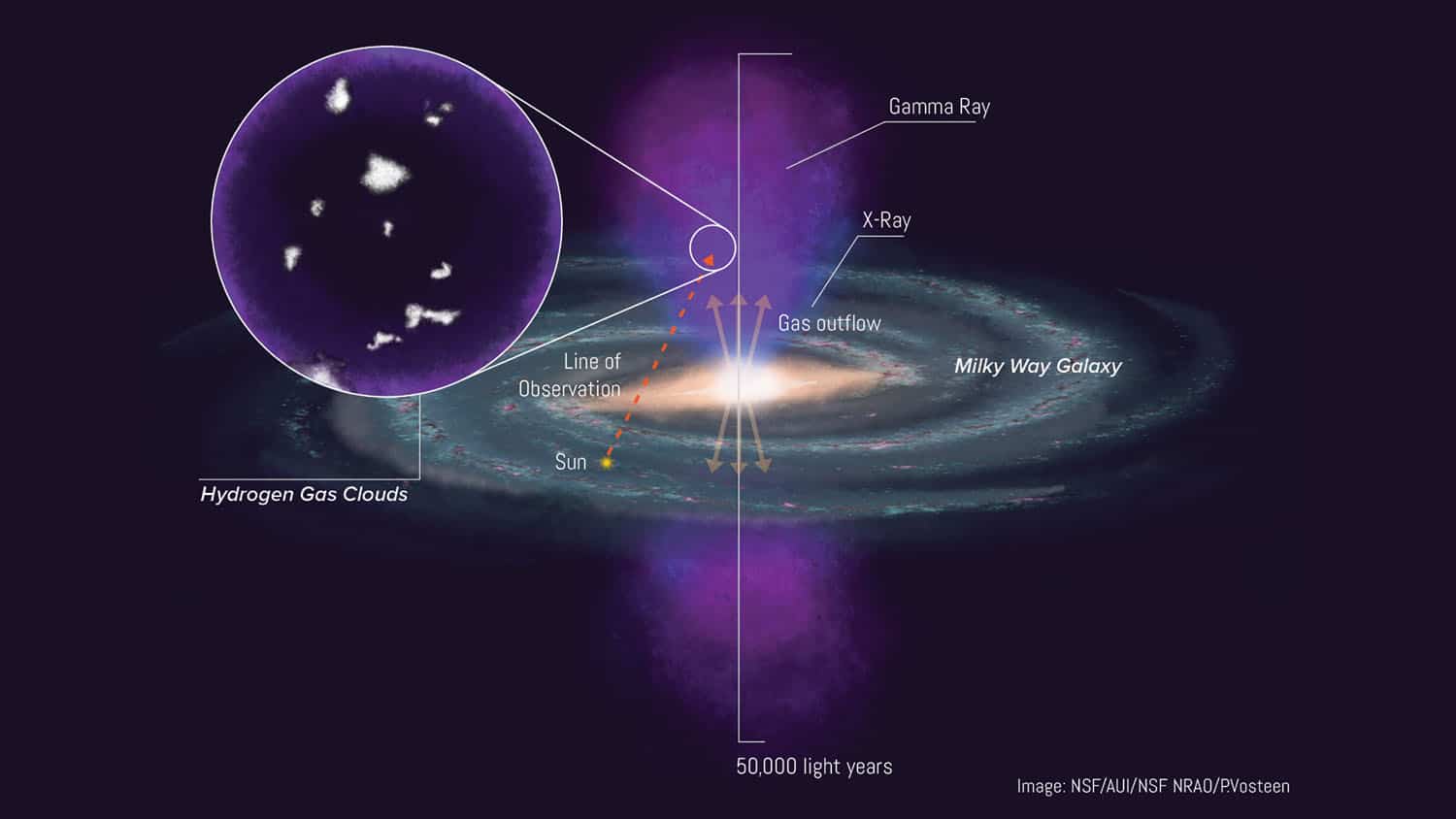Why Figuring Out How Potassium Is Destroyed in Stars Is Important to Understanding the Universe

The following is a guest post by Will Fox, a postdoctoral research scholar in physics at NC State.
If you want to know where elements come from, look to the stars. Almost every element heavier than helium is formed through nuclear reactions in stars. But which stellar processes are responsible for these elements? Can we find patterns in how much of each element we observe in different astrophysical environments, like stars, galaxies or globular clusters?
Recently, our team of NC State researchers focused on the process of potassium (K) destruction in globular clusters, looking at one cluster in particular: NGC 2419.
Globular clusters are groups of gravitationally bound stars. Astronomers have observed clear patterns in the relative amounts of different elements from star to star. One such pattern is between oxygen and sodium: stars within globular clusters that have more sodium have less oxygen, and vice-versa. This is known as the sodium-oxygen (Na-O) anticorrelation. Several other anticorrelations have also been discovered, which indicates that unique (sometimes unknown) processes occur in specific globular clusters.
In 2012, the first magnesium-potassium (Mg-K) anticorrelation was discovered in a specific globular cluster, called NGC 2419. An overall surplus of potassium was linked to reactions from hydrogen burning at temperatures between 80 and 260 million kelvin.
But the puzzling thing is that the stars in the cluster that showed the anticorrelation are relatively young, red giant stars. The cores of these stars should not be hot enough for nuclear reactions to alter the amount of Mg and K. The leading theory involved mixing with K and Mg from old stars in the cluster, but what has remained uncertain is the speed of the potassium-destroying reaction.
So our team attempted to recreate the potassium-destroying reaction by performing an experiment on a similar nuclear reaction (39K + 3He —> 40Ca + d), at the Triangle Universities Nuclear Laboratory (TUNL). But don’t let all the letters and numbers confuse you – I’ll explain.
This reaction is a proton-transfer reaction, where a proton from helium-3 (3He) is transferred to potassium-39 (39K), forming calcium-40 (40Ca). This experimental reaction allows us to imitate the real reaction that occurs in a star where potassium is destroyed.
We found that not only can potassium be destroyed at lower temperatures, it is destroyed 13 times faster than previously thought at these temperatures.
The finding could change the way we model element creation in stars – not just for this specific case of NGC 2419, but also for other astrophysical models that include reactions on potassium.
You can read the paper here: https://link.aps.org/doi/10.1103/PhysRevLett.132.062701. Alternatively, the free preprint version is available at https://doi.org/10.48550/arXiv.2401.06754.
- Categories:


